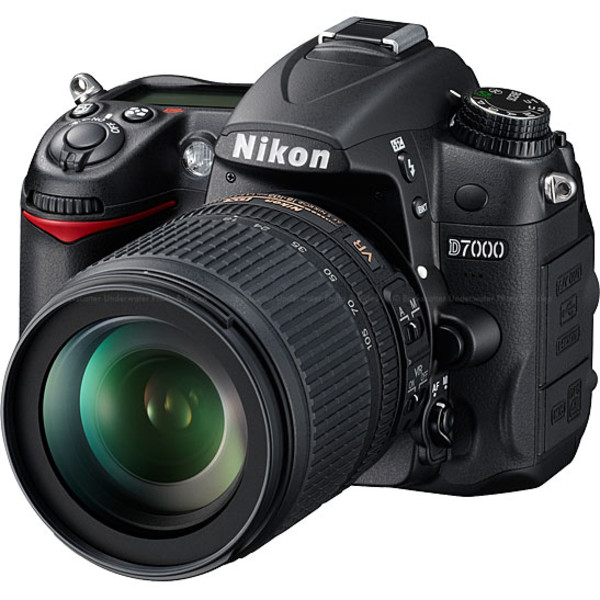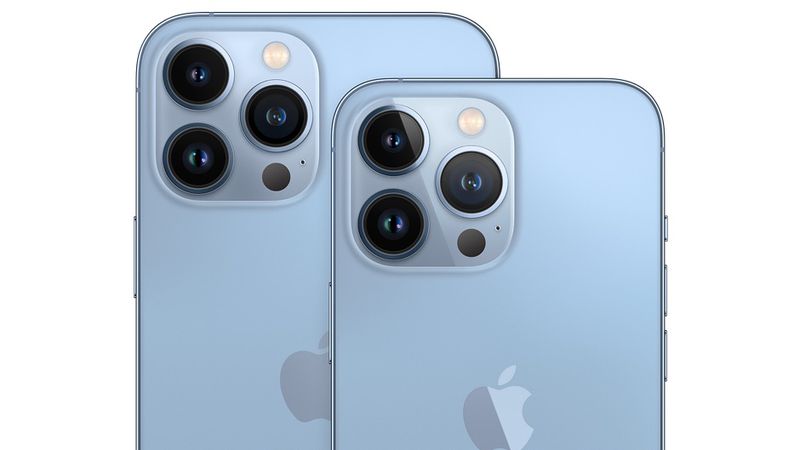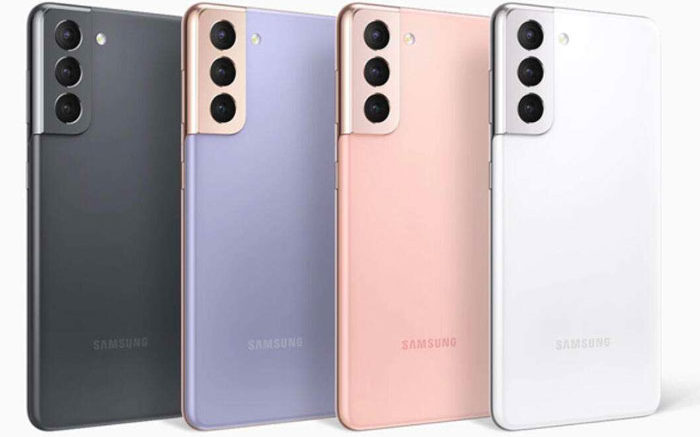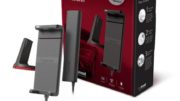There’s an old saying that “the best camera is the one you have with you.” That’s true of course, because it’s always better to take a picture when you want one. We live in a world where, for the first time in history, the average person can quickly and easily document the world around them, for zero cost. Think about that. Was it like that when you were young? Unless you’re a teenager, it wasn’t.
I’d say the average reader of this blog remembers well the days when you had to choose your picture-taking opportunities well. If you even had a camera, you only carried so much film and it cost money to develop. Of course you couldn’t just choose the good shots, you had to take them all and decide which you wanted.
Camera choice in the ’20s
Today, you have a choice when it comes to picture taking. Nearly everyone has a phone with a pretty-serviceable camera on it. A smaller group of people have DSLRs and an even smaller group actually carry them around. But for those who really want good pictures, what’s the best choice?
About the term “DSLR”
I’m going to use this term and I know it’s not completely accurate. The term “DSLR” stands for “digital, single-lens reflex” and describes a kind of camera where the light comes in through the lens and is split out to a physical viewfinder as well as an image sensor. In the old days that image sensor was physical film. Today it’s a device that captures images and stores them electronically. That’s not the point.
In recent years, we’ve started to see high-quality mirrorless cameras. This is really a reaction to the fact that even when we’re using our DSLRs, we’re using the screen not the viewfinder. So, the whole device can be smaller, simpler, and have higher quality by removing the viewfinder and the internal mirror. However, technically that means these mirrorless cameras aren’t DSLRs and I shouldn’t call them that.
That said, I’m going to use the term DSLR for all high-quality cameras with detachable lenses, at least while I’m writing this.
What makes a DSLR really good?
Traditional cameras have two things going for them: big lenses and big sensors. Big lenses can capture more light, but even more importantly a big lens will have a larger flat area. Smaller lenses have more distortion toward the edges, it’s just a factor of their size. A big flat area means a clearer image coming in.
Big sensors mean more space between each individual sensor element. A 20 megapixel sensor that’s 1.5″ wide is always going to do a better job than one that’s .1″ wide. When the sensor elements are so close together, they tend to react with each other. That’s why phone pictures have a blurry or blotchy appearance when you zoom in, and it’s also why I think anything more than about 8-10 megapixels on a phone is a waste of time.
Of course, most DSLRs also have a mix of manual settings that can help you express yourself as a photographer. Modern ones have a lot of automatic settings too, although generally not as much artificial intelligence as phones have.
What makes a phone camera really good?

Today’s premium cell phones have multiple cameras and sensors in the back, looking more and more like strange alien life forms than cameras. Those cameras and the huge amount of artificial intelligence behind them compensate for a lot of the flaws in a small system.
Modern phones use multiple cameras to compensate for their very narrow depth. Getting clear focus from a camera requires that the lens be able to move closer and further from the image sensor. Obviously in a phone you can’t have the lens moving more than a millimeter or two. So, you use multiple cameras, with different focal length lenses, to simulate a single lens.
Along the way, you’re using a lot of logic to make this small system act like a big one. Computational models reduce the amount of distortion. Depth sensors combine with AI to blur out distant details. And, image processing takes the place of more sensitive sensors to allow for more dynamic range in pictures.
Smoke and mirrors
It’s all smoke and mirrors ultimately. You’ll get some fine looking photos from cameras. Sometimes they’ll be as good as photos from DSLRs upon a quick glance. However, the DSLR, in the hands of a trained user, will always beat out the cell phone camera.
But who’s a trained user? Maybe one person out of 100 really has the eye and the training to make use of that DSLR. For the rest of us, a phone works great and it’s there for us when we are ready to capture that moment.
Oh by the way, Solid Signal doesn’t sell DSLRs, but we do offer cell phones as an AT&T Preferred Dealer. If you want too know more, give us a call at 888-233-7563 or fill out the form below!





